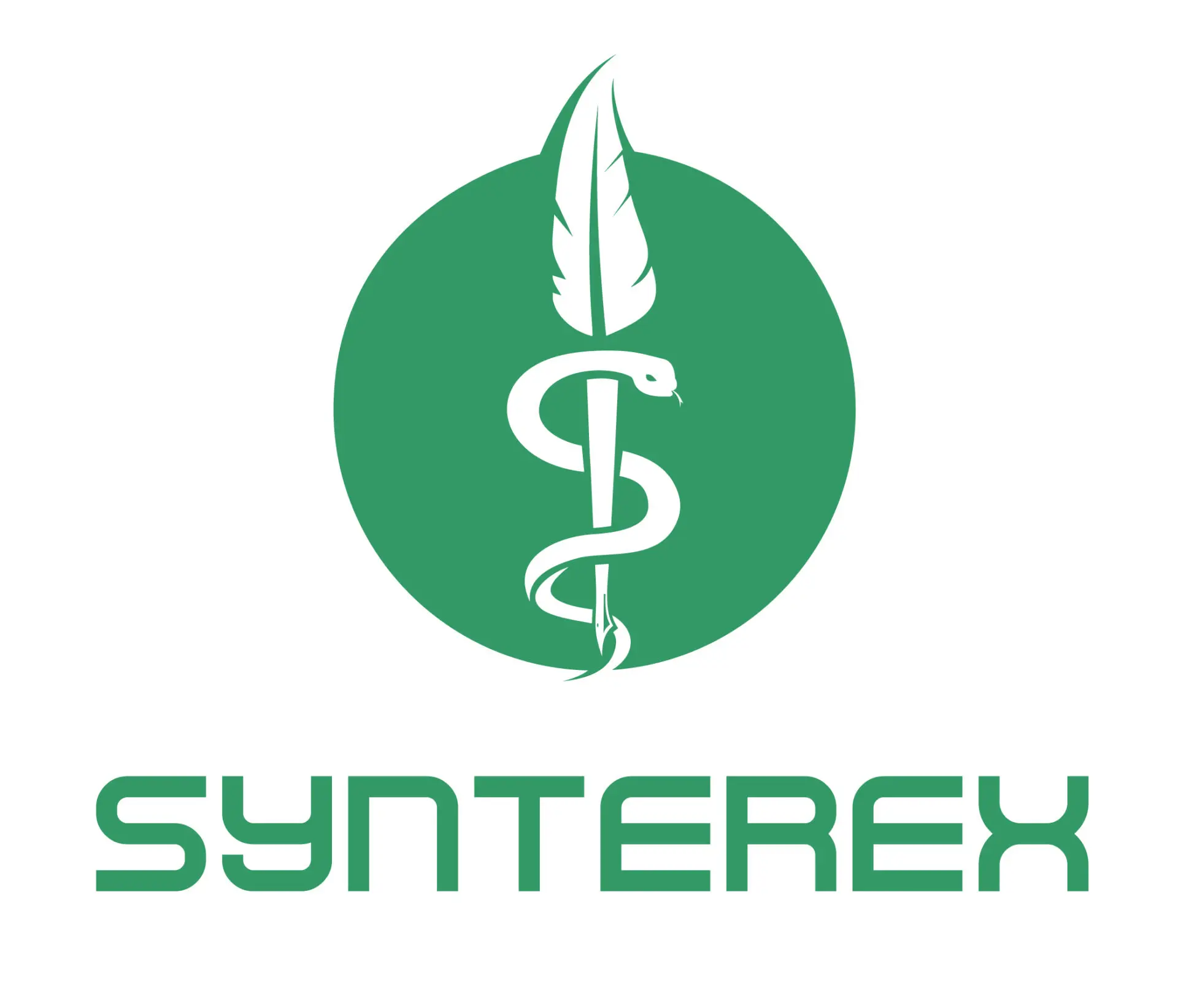If you work for a team that tackles complex tasks, you are likely familiar with the benefits of having a project manager. Project managers ensure that the team achieves its goals within the given budget and time constraints. But do you know what a regulatory project manager is, and how their specialized expertise can help your company deliver value to stakeholders?
Responsibilities of the regulatory project manager
A regulatory project manager oversees regulatory submissions or regulatory-related projects. Their responsibilities include:
- Defining the scope of the project
- Planning and monitoring each task throughout a project to ensure it is completed in a timely manner
- Managing project resources, including the team’s hours
- Communicating the project status effectively to internal and external stakeholders
- Foreseeing and eliminating possible risks
- Documenting each step in the process, using various project management tools
- Ensuring top quality and success of a regulatory project
How is this different from any other project manager?
These may look like general project manager responsibilities. And that’s correct, to some extent. What sets a regulatory project manager apart is the specialized needs of a regulatory project. They must know the right questions to ask to ensure project success. They must have sufficient background in the regulatory process to be able to “speak the language” across many cross-functional departments. For example, calling a document “published”, “done,” or “submission-ready” may have a different meaning to different team members.
Typical projects they might work on:
- Creating and submitting a health authority submission
- Creating a regulatory-related process or tool
- Making an improvement to satisfy a regulatory need
These projects not only are seated within the regulatory function, but also frequently require cross-functional effort from across the whole organization.
How the regulatory project manager fits into the team
The regulatory project manager may either work beside a project lead or act as the project lead. They may be responsible for gaining alignment on the overall project scope. Or, they may need to ensure that an existing project scope satisfies the team’s needs.
They may lead kickoff meetings, such as for a whole IND, NDA, or MAA submission or for a subset of submission documents such as Module 2 document writing. The regulatory project manager may handle the following for these meetings:
- Identify the scope of the kickoff meeting and the key stakeholders
- Coordinate meeting logistics, speakers, and content
- Manage the agenda, invites, and stakeholder access to the meeting
- Run the meeting
- Follow up after the meeting with applicable documentation (presentations, videos, notes, etc.)
These benefits are all tailored to the organization’s specific dynamics and needs, to ensure that everyone is on the same page and that the project runs as smoothly and as efficiently as possible.
A regulatory project manager may also create and lead a recurring cross-functional team focused on some strategic but mostly operational aspects of the project.
Other responsibilities may include creating and maintaining a list of team members, a list of project deliverables, a project timeline, roles and responsibilities matrix, and any other applicable documents that are key to the project’s success.
When handling all these responsibilities, the regulatory project manager must communicate frequently and effectively. This includes meeting agendas, meeting notes, and organized cloud-based materials. They must also communicate project status and milestone success through tailored status dashboards, team email communications, and focused team meetings. They proactively identify risks to the project’s success, inform applicable team members, and propose solutions.
Advantages for the project
One of the additional benefits of a regulatory project manager over a standard project manager is their knowledge of the regulatory submission process for various health authorities. They can answer important questions like these:
- What are the FDA’s expedited programs for regulatory submissions?
- If granted, how will this impact the project’s timeline or how work is currently structured?
- How might other health authority meetings or requests impact a project?
They are also aware of various regulatory guidance and requirements for specific project nuances. For example, what eCTD sections need datasets and which do not? What granular eCTD level can documents be created at?
Regulatory project managers also provide specialized expertise on building regulatory submissions in a regulatory operations capacity, which provides intimate knowledge of what a submission physically looks like and requires. This may include:
- Document-level publishing
- Submission compilation in XML backbone
- Submission-level publishing and validation
- Sending the submission package to health authorities
- Archiving submissions and related correspondence
In other words, their knowledge works toward ensuring the health authority can view your regulatory submission and can navigate through it easily, and that it has everything included. This minimizes unnecessary rework, which in turn frees up your organization’s resources to work on other tasks or projects.
A regulatory project manager is a well-rounded individual whose regulatory knowledge and experience can help with all steps of the submission process.
If you think your company could benefit from our regulatory project management service, please contact us at info@synterex.com. We look forward to discussing your needs. Or, explore our website to learn more about Synterex’s services.
